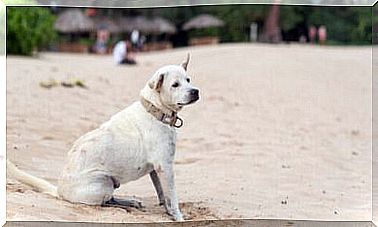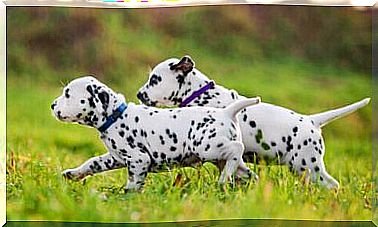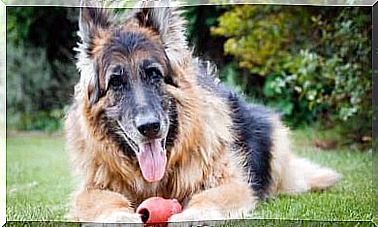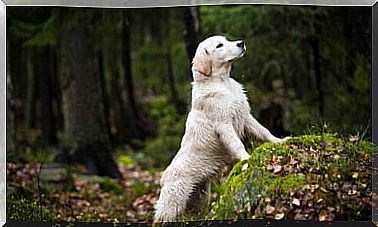The Importance Of Training And Education In Dogs
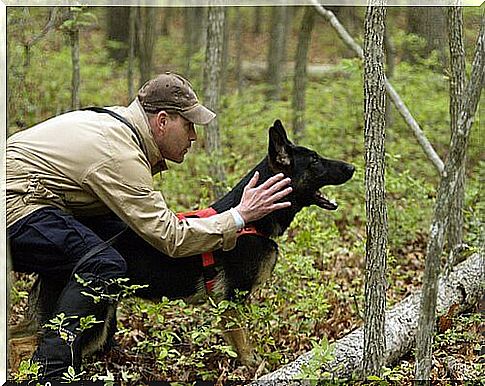
For some years, the profession of dog trainer has been experiencing a very flourishing stage. However, we cannot forget that the key to this boom is to be found in the skill and skill in training the instructors.
New studies, also in the psychological field, allow today to have a different approach to the training of these extraordinary pets. Precisely for this reason, it becomes crucial to choose the type of training and education in dogs well
What is dog training?
A dog trainer teaches dogs tricks, improving some of their behaviors.
The basic ones are sitting and not pulling on the leash, but the difficulty level can be raised to the intended training, for example, in the case of rescue dogs.
A trainer teaches the animal to do something regardless of the circumstances in which it is asked. A well-trained dog can respond to such commands at any time, becoming very reliable.
This happens because the trainers teach the orders in a way that is difficult to match by the masters. These are qualified professionals who use teaching systems that few are familiar with.
If your dog pulls too hard on the leash and you go to a dog trainer, he will teach him to walk next to you in a normal way.
Regardless of the type, breed or size, the results will surprise you in most cases.
If your dog tends to drift away, to smell something that seems interesting to him, after training, he will never move without your permission.
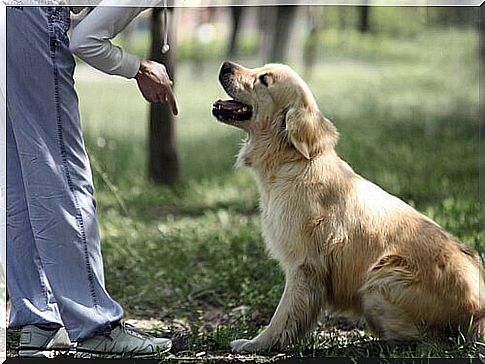
The trainer works a lot with the dog and little with the owner : in case of a more complex training, he can also spend whole days with the dog, in the facilities of the dog center.
That is, the owner has little to do in training – the pet will then repeat the given orders. Returning home will be a simple handover between instructor and master.
Dog education: what is it all about?
Conversely, a dog trainer teaches the dog to behave without orders. That is, it works with the emotions and general behavior of the animal.
That is, if your four-legged friend pulls on the leash, the dog trainer will teach him to stay calm outside the home, and the pet will stop tugging at you during daily walks.
A dog educator solves behavioral problems, does not teach commands. In this sense, if a dog shows aggression towards other dogs, the professional will discover the causes of the behavior. In this way he addresses the problem at the root.
For its part, an instructor would teach the order not to react with respect to the stimulus received by other dogs, so it could be said that it “masks” the problem.
The educators take into account the mental state of the dog and his family situation, in order to carry out the training.
Therefore, they manage the stress that affects the dog during the day and try to analyze and improve communication with his human family, among other things.
That’s why educators work more with owners and less with dogs. In reality, learning is done at home and an educator never spends too much time with the animal they are working on.
His goal is to teach the family how to solve problems and check progress. Each case is different and the treatment to be followed is personalized and appropriate for each individual situation.

The crucial role of training and education in dogs
In fact, these two dog professionals are never mutually exclusive. Indeed, their work is optimal when it is possible to complement the benefits that both can transmit to dogs and owners.
Often and willingly, in fact, these two professional figures match, thus offering you a variety of alternatives based on the needs of each dog.
Just to be clear, an instructor can’t teach a dog to play a sport if he can’t manage his stress levels. First, he will work on his emotions (putting himself in the shoes of the educator) and then teach him the orders of the sport he wants to practice (just like a trainer would).
On the other hand, an educator can use concrete directions to solve behavioral problems.
Like when the dog tends to run away, it chases everything that moves or constantly asks for food. The treatment changes according to the problem to be addressed.
The practitioner will provide you with guidelines for a limited time. He will then teach you orders, just as an instructor would.
To get the most out of the training and education of dogs, as it is easy to understand, it is advisable to plan a path halfway between the work of a dog instructor and educator.
On the one hand, it is essential to train and prepare the dog in a practical way. On the other hand, it is crucial to address psychological issues and study the relationship between family and pet.
Find a suitable professional for your dog
If your four-legged friend has a behavior problem or you want to teach him some tricks, you can certainly turn to a professional who will gladly help you.
But how do you choose a dog trainer or an educator? Follow these simple but effective tips :
- Check out the opinions and ratings of other customers.
- Make sure you don’t work using negative reinforcement (punishment, spiked, electric, or choking collars).
- Show interest and concern for the contingent needs of each specimen.
- He does not base his work on the theory of domination but on the most modern scientific studies.
- Check the diplomas, degrees and licenses of the center, which must be public.
A good professional knows the importance of training and education in dogs and practices both professions to help their clients in the best possible way.
Furthermore, he carries out his work without violence, punishment or punishment. If you go to a dog trainer or trainer and think they are hurting your dog, leave that center and find another one.

